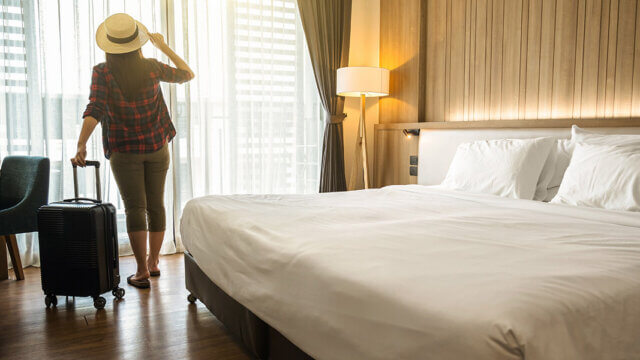NATIONAL REPORT—According to PwC, fourth quarter lodging fundamentals came in slightly higher than anticipated, with ADR levels up 0.7% and occupancies flat, resulting in a RevPAR increase of 0.7%. Growth in the transient and contract segments helped alleviate steeper declines in occupancy levels, resulting from weakness in the group segment.
Stronger performance in November and December helped offset weakness in October, surprising many with continued, albeit decelerating, RevPAR growth at this advanced stage in the lodging cycle. Despite an overall lack of pricing power, rising construction and labor costs, and escalating tensions in the Middle East, the U.S. lodging industry ended 2019 on solid footing.
“Our U.S. lodging outlook for 2020 assumes steady economic fundamentals including continued strength in consumer spending during a presidential election year; a modest uptick in business investment; and phase one of a new trade agreement with China,” said Warren Marr, managing director, U.S. Hospitality & Leisure, PwC.
Trends and Highlights
Looking ahead to 2020, PwC’s U.S. lodging outlook shows continued deceleration in RevPAR growth. Lodging supply is expected to grow at a rate slightly above the long-term average; however, an expected boost to lodging demand from the upcoming presidential election should help mitigate potential declines in occupancy. Overall, RevPAR in 2020 is expected to increase at a decelerating pace, driven entirely by tepid ADR growth.
Counter-balances to this outlook to be mindful of include escalating tensions in the Middle East, investor uncertainty leading up to the presidential election, and slowing global growth.


